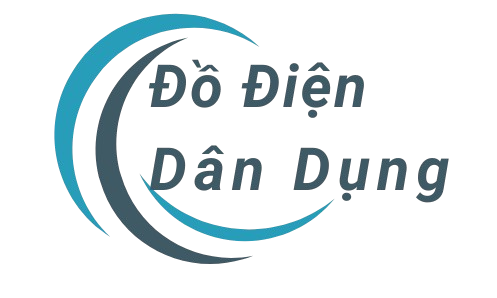Global Logistics Developments Influencing 2025
This extensive study highlights key developments revolutionizing worldwide logistics infrastructure. From battery-powered implementation through to AI-driven supply chain management, these trends promise smarter, greener, along with optimized mobility solutions across all continents.
## Global Transportation Market Overview
### Market Size and Growth Projections
This international logistics sector attained $7.31 trillion during 2022 while being projected to reach 11.1 trillion dollars by 2030, growing maintaining a yearly expansion rate of 5.4% [2]. Such development is driven by urbanization, e-commerce expansion, combined with transport networks investments exceeding $2 trillion annually until 2040 [7][16].
### Continental Growth Patterns
APAC leads maintaining more than two-thirds of international mobility activity, fueled through China’s extensive network investments and India’s expanding production foundation [2][7]. SSA is projected as the most rapidly expanding zone boasting eleven percent annual infrastructure investment increases [7].
## Technological Innovations Reshaping Transport
### Electric Vehicle Revolution
International electric vehicle sales will exceed 20 million units each year by 2025, due to advanced batteries boosting energy density by 40 percentage points while cutting expenses by thirty percent [1][5]. China dominates with three-fifths in worldwide electric vehicle purchases including passenger cars, buses, and freight vehicles [14].
### Autonomous Transportation Systems
Self-driving trucks have utilized in cross-country routes, with companies like Waymo achieving nearly full delivery success metrics in managed environments [1][5]. City-based trials for autonomous public transit show forty-five percent reductions of running expenses relative to traditional systems [4].
## Eco-Conscious Mobility Challenges
### Decarbonization Pressures
Transportation constitutes 25% of global carbon dioxide outputs, where road vehicles contributing 75% within industry emissions [8][17][19]. Large freight vehicles release 2 GtCO₂ each year despite representing merely 10% of global transport fleet [8][12].
### Eco-Friendly Mobility Projects
The EIB calculates a $10 trillion global funding gap in eco-friendly mobility networks through 2040, requiring innovative funding models for electric power infrastructure and hydrogen fuel distribution networks [13][16]. Notable initiatives feature the Singaporean seamless multi-modal transport network lowering passenger emissions by thirty-five percent [6].
## Developing Nations’ Transport Challenges
### Infrastructure Deficits
Only 50% among urban populations in the Global South possess availability to dependable mass transport, with twenty-three percent among rural areas lacking paved road access [6][9]. Examples like Curitiba’s BRT system illustrate 45% reductions in city traffic jams via dedicated lanes combined with high-frequency services [6][9].
### Financial and Innovation Shortfalls
Emerging markets require 5.4T USD annually for fundamental mobility infrastructure requirements, but presently access only $1.2 trillion via government-corporate collaborations plus global assistance [7][10]. The implementation of AI-powered congestion control systems remains forty percent lower compared to advanced economies because of technological divide [4][15].
## Governance Models and Next Steps
### Decarbonization Goals
This IEA requires 34% reduction of transport sector emissions before 2030 via EV adoption acceleration and public transit modal share increases [14][16]. The Chinese 12th Five-Year Plan allocates 205B USD toward transport PPP initiatives focusing on international rail corridors such as Sino-Laotian plus CPEC links [7].
The UK capital’s Crossrail project manages seventy-two thousand commuters per hour and reducing carbon footprint by twenty-two percent through energy-recapturing deceleration technology [7][16]. The city-state leads in distributed ledger systems for freight paperwork streamlining, cutting processing times from three days down to under 4 hours [4][18].
The layered examination emphasizes the vital need of integrated approaches combining technological breakthroughs, eco-conscious funding, and fair regulatory frameworks in order to address worldwide transportation issues while promoting environmental targets plus financial development objectives. https://worldtransport.net/
